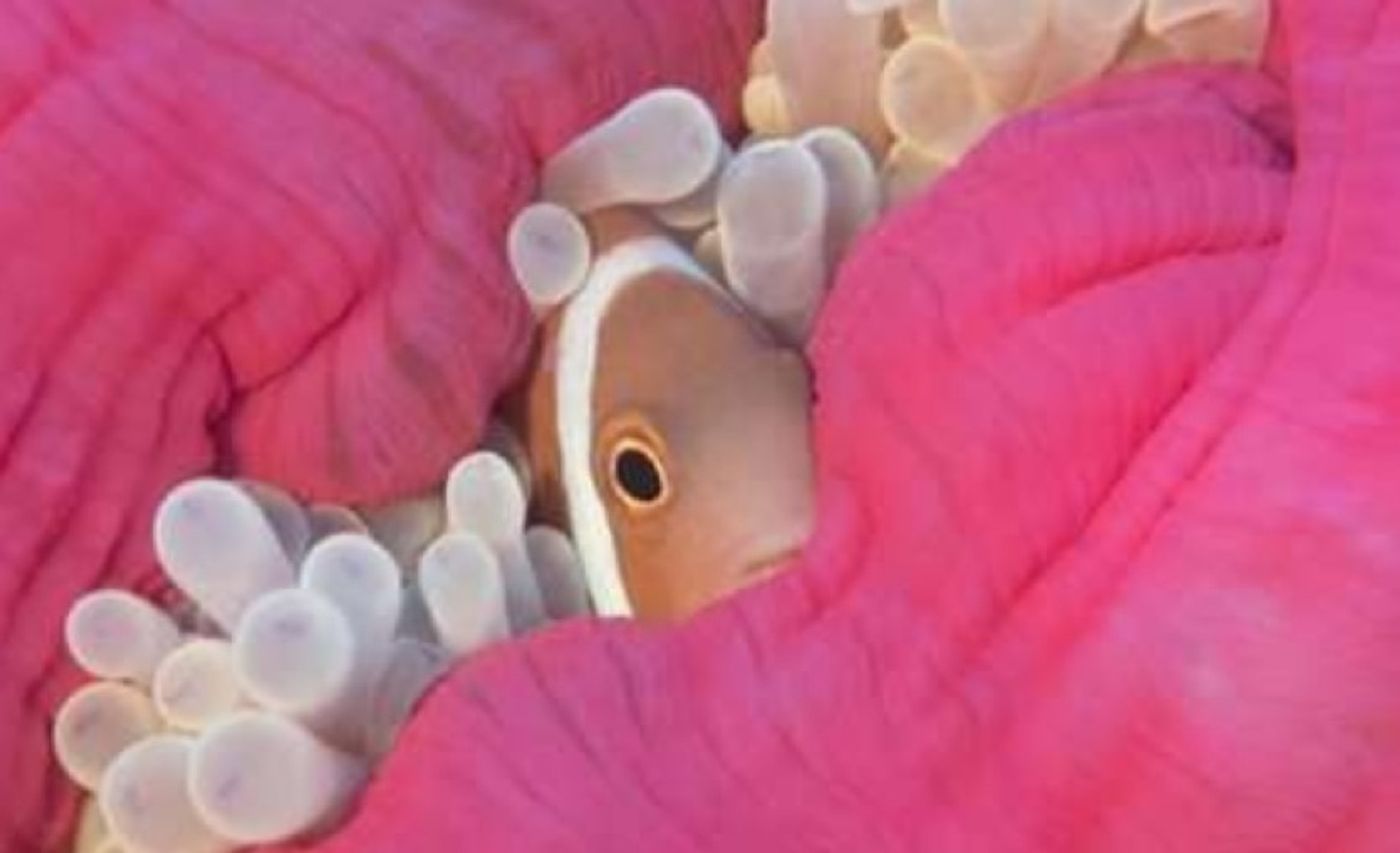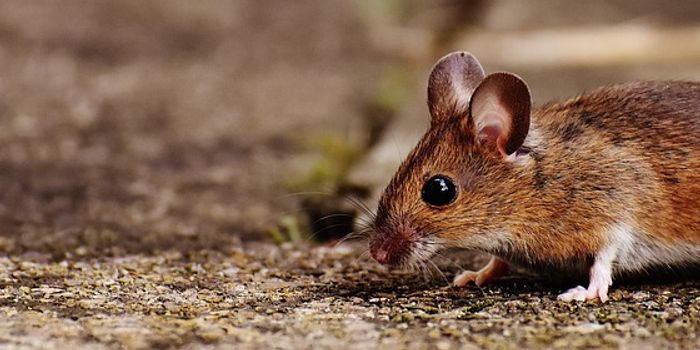Does Predation Drive the Interspecific Relationship Between Anemones and Clownfish?
Interspecific mutualism – when two different animal species depend on one another for survival – can be found all around the globe. But perhaps one of the best-known instances exists between the clownfish and the humble anemone.
Image Credit: Stefan Andrews
Scientists have long marveled over what causes two entirely different species to pair up with one another for mutual benefit in the wild, but after some careful analysis, a team of researchers from the University of Queensland and Deakin University believes they’ve cracked the mystery.
Their findings, published this week in the journal Ecology Letters, denote how predation could be one of the primary drivers behind interspecific mutualisms like what we often observe in anemones and clownfish.
Clownfish have come to rely on anemones for shelter from the elements, while anemones have come to rely on clownfish to keep predators at bay and find food. Moreover, clownfish can’t be stung by anemone tentacles, so one might consider this to be a match made in heaven.
"Clownfish – like Nemo from Finding Nemo – and anemones are a great example of this type of relationship," explained study lead author Dr. William Feeney from the University of Queensland.
"Clownfish live in and around anemones, helping drive off the anemone's predators and providing it with food, while in exchange the anemone provides protection with its stinging tentacles. Clownfish have evolved to resist the stings of the anemone, so it ends up being a very beneficial relationship for both species."
Related: These weird fish live in some of the deepest parts of the ocean
But clownfish aren’t the only fish species that team up with anemones – after conducting a plethora of field experiments and performing an in-depth genetic analysis, the researchers found evidence of fish-anemone mutualisms more than 55 times in 16 different fish families in the last 60 million years.
Perhaps unsurprisingly, the researchers never expected that this behavior would be so prevalent among reef-dwelling fish, and it has implications for a wide variety of species and the stresses they endure in the wild.
"This is much more common than previously thought. Over a quarter of coral reef-associated fish families have at least one species that associates with anemones," added study co-author Dr. Rohan Brooker from Deakin University.
"Our results suggest that the risk of predation has selected these relationships and that partnerships with anemones primarily benefit smaller fishes. Overall, this study suggests that predation can explain the independent evolution of cooperative behaviors between species and that this evolutionary pattern could apply globally."
Related: Can effective fisheries management prevent the extinction of marine fish stocks?
Future studies could validate whether global fish populations exhibit similar trends with interspecific mutualisms, but given the results, the theory seems likely.
Interspecific mutualisms exist on dry ground as well, but researchers have yet to verify whether similar factors drive these relationships above the ocean's surface. Only time will tell…
Source: University of Queensland, Ecology Letters









